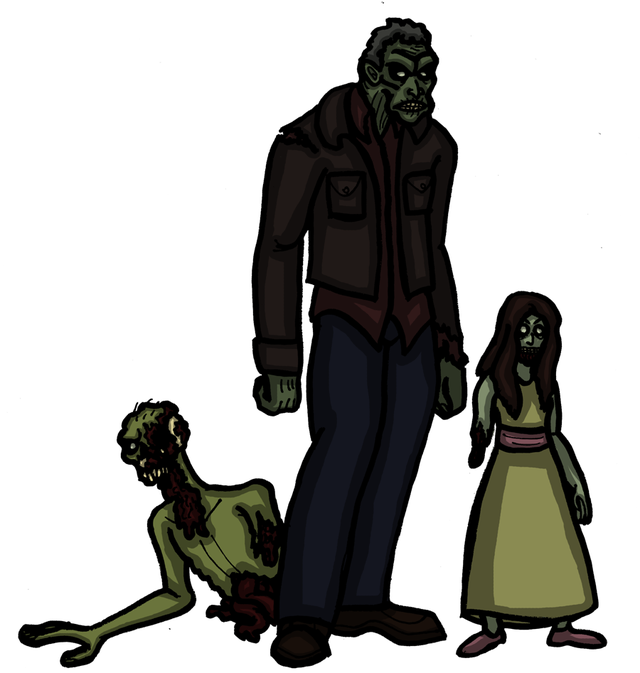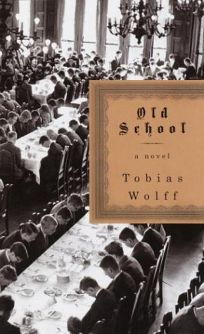
All monsters are symbols. When you have some gnarly made-up beastie in your story, it is inherently symbolic – you’re speaking on both a literal level (there’s a monster) and a figurative one (there is something that humanity fears). How well a monster works as a symbol depends on the quality of the writing. A great writer will craft a monster that is not only interesting but also tailor-made to address the themes their work discusses – the Martians from The War of the Worlds, Godzilla, and Mr. Hyde are all great examples of a compelling creatures that are also true to their thematic meaning in every element. Writers who, while not necessarily worse, think less about what they’re doing will sometimes create a monster that doesn’t quite gel with the themes its portraying – La Carcagne from The Giant Claw is an example of a monster that doesn’t quite fit the message her story is trying to convey. A monster doesn’t have to be a perfect representation of its themes to be good – I love La Carcagne as a creature! – but it certainly helps.
In his “Of the Dead” trilogy, George Romero crafted the perfect monster to represent one of humanity’s greatest fears: DEATH. Death with a capital DEATH. For the sake of distinguishing them from other zombies, we’re going to call Romero’s monsters the Living Dead (which is also fitting since Romero’s movies steadfastly refuse to call them zombies in the first place), and they fit their motif to a T (and a D and an E and A before it and an H afterwards).
No one quite knows why the living dead have risen- everyone has theories, ranging from scientific explanations (that never seem to satisfy the bulk of the characters in these stories) to the religious and superstitious, but none of them are proven to be true. Just like death. The Living Dead are slow-moving and seem feeble, much like death, which every human spends the majority of their life avoiding – often without having to try very hard. However, no matter how many you kill, they never seem to stop coming, and so many people fall to them when they least expect it – turning a corner and finding a hungry horde, or forgetting to look around and getting grabbed from behind. Just as death, feeble though it may seem, is rather quick and sudden to claim us.
The Living Dead are, most obviously, dead. They are literally walking corpses – and wide variety of them, going by Romero’s trilogy. Death comes in all shapes and sizes, and we see it in a variety of forms and stages. It takes children, women, men. It takes businessmen and vagrants, clowns and gangsters, cops and robbers, and everyone in time. From fresh corpses with waxy pale skin to rotting cadavers and even half eaten, mutilated puddles of gore, there are many ways to be the living dead – just as there are many ways to die.
They groan – a sound akin to a death rattle, the wail of a thing that is close to death. They feast on the living and the living alone, just as death must. They gain nothing in the process – they do not digest the food they eat, they do not grow stronger, they create nothing. The dead merely consume and move on, just as death must, leaving space for some new life to grow if it chooses to.
They are a monster that is perfectly suited to their theme, and yes, Night of the Living Dead was the first movie where this particular monster – the Living Dead, rather than the far more mutable zombie – originated. The word “zombie” predates the movie, of course, but the folklore zombie is pretty different than Romero’s flesh eating corpse. Rather than eating the living, folklore zombies were cadavers raised by a magician to do manual labor. The closest other precedent is a medieval monster called a revenant, which was a type of vampire that looked like a corpse and ate blood or, in some stories, raw flesh. What we now consider “zombies” are a modern invention, one that truly starts here.
Romero’s zombies are perfectly distilled essence of death, which is why he could put them into so many different situations. Fear of Death is a versatile, universal theme – you can apply it to any number of evils, as it is the root of all our other fears. If you fear humanity’s tendency to infight, you fear it because fighting leads to death. In you fear a vapid consumer lifestyle, you fear it because we’re wasting the potential of our lives – which death will cut short. If you fear the growing presence of a military brawn over scientific brain outlook in our society, you fear it because it will lead… to death.
Zombies flourished outside of Romero’s trilogy because they can apply to most situations and work really well… provided you don’t change the formula too much. The attributes Romero gave his living dead are important – they’re necessary for them to work thematically. Replace the Living Dead’s moans with animalistic snarls and you give them a bit of vitality they didn’t have before, weakening the death motif. Make them run instead of shamble and they once again become a bit more lively, and thus a bit more removed from their thematic core. The more changes you pile on, the less they resemble their theme, and you either have to change their theme entirely (as some works do) or accept that your monster is a little weaker as a symbol, a little more fragmented, and ultimately just not as effective as it could be. A faster zombie may be more of a threat, but it’s far less eerie than the grim image of death conjured by a shambling, rotting member of the Living Dead.
Romero’s cadavers are a versatile lot, one whose presence can bring weight to any conflict their put into. A fight against the Living Dead is a fight against Death itself, which makes all the other sources of conflict present in Romero’s films – from class struggles, to racial tension, to the conflict between the military and less violent government pursuits, and on and on from there – all the more infuriating and pitiful in comparison, as these lesser conflicts show that humanity falls not because its foe is faster and stronger, but because humanity can’t get its shit together. Death doesn’t need to be smart, or swift, or even particularly proactive. It only has to be patient and persistent, as humanity will gladly tear itself asunder first. This is the stark theme that the Living Dead raise up with their pure devotion to their motif, a grim lesson that humanity needs to remember, less we continue to fall to our own stupid faults and petty grudges.
Share this:




